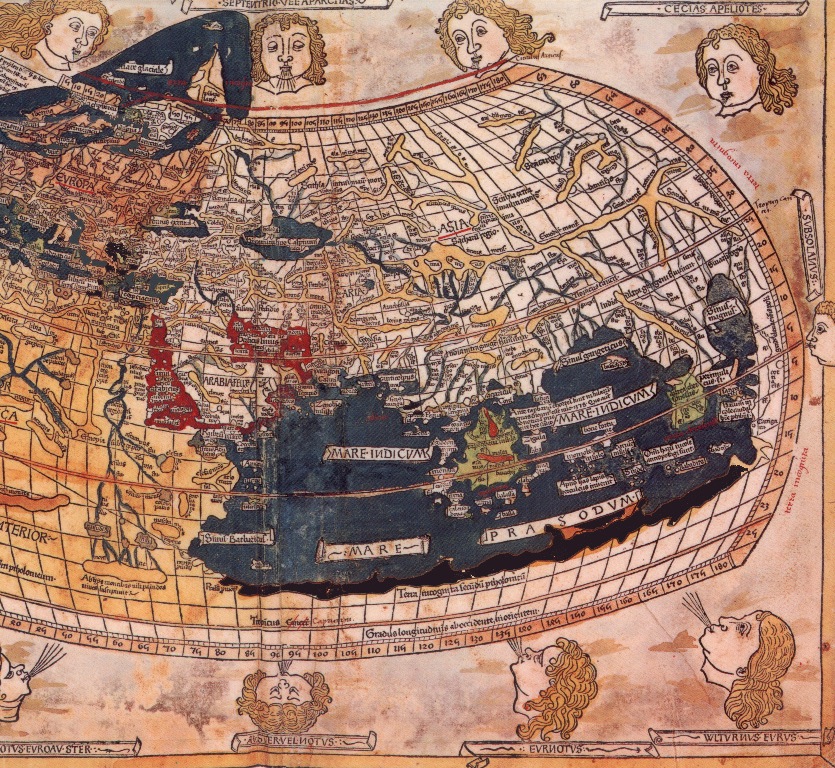 Responses
Responses Navigating the site:
Economist Kenneth E. Boulding, on The Two Cultures, by C. P. Snow
“Technology has produced many paradoxes.”
(p. 704).
“Snow’s concept of the polarization of modern society is, of course, over-simplified.”
“There are in fact, not only two but many subcultures with which we must deal, and deciding how to bring about communication among them is a general rather than a specific need.
p. 686.
“The word ‘culture’ is itself used in different senses in ordinary speech and the social sciences, and leads to some confusion..”
p. 687.
The sociosphere
p. 688.
Boulding argues that there is a division in the exercise of information. Scientific knowledge and folk knowledge authoritative, expert skeptical testing & practice applied observing and recalling
p. 689.
folk knowledge derived from experience
“we must revise our image of the world, for we have then detected error.”
A view of the world's economies as a map showing what gross national product [GNP] a country's economy can generate when compared to its neighbors.
“to larger and more complex systems, whether in the physical or social world, folk-knowledge becomes less and less reliable.”

“the scientific image of the earth as a spheroid can be developed only by much more accurate inferences and observations that ordinary life provides—and such scientific images are essential if we are” [going to avoid] “fatal trouble!”
p. 690.
The 'N' cultures
“two constellations of communication networks.”p. 690.
“Literary and humanistic studies represent a process of reflection and sifting of accumulated records of folk knowledge. As such they represent a scholarly type of knowledge which is intermediate between the unsophisticated folk knowledge of ordinary life and the more testable images of science.”
Pythagoras by Raphael.
“I have elsewhere defined science as the art of substituting unimportant questions which can be answered for important questions which cannot.”
p. 691.
“The problem is summarized by the story of the engineer who said all he wanted to do was to reduce costs, until it was pointed out that costs could be reduced to zero by the simple process of shutting down the plant and liquidating the enterprise.”
p. 692.
The Role of the Social Sciences
“…evidence that as we acquire more knowledge of the relationships, the significant variable and the magnitude of the parameters of social systems, we will be able to avoid the disastrous consequences which failure to understand those systems has often caused in the past.”
“…famine, depression, war, social collapse…”
“Economics is the oldest of the social sciences, and indeed one of the oldest of the sciences, having developed its basic theoretical structure under Adam Smith in 1776, before the development of scientific chemistry.”
p. 692.
Spaceship Earth and the Human being
“There are long run problems facing the human race which may be very difficult to solve. We do not yet…have a stable, high-level technology."
"Our existing technology is based on fossil fuels and ores, and this limited; we will be all right for a hundred years (50 remain), or [perhaps two hundred], but within strictly historic times we may face a
totally exhausted earth. Fortunately a technology based on the concept of Earth as a self-contained spaceship is by no means impossible, and indeed seems to be on the way. This would involve placing man in a self-perpetuating cycle, drawing on the atmosphere and the oceans as the only basic resource, and importing energy either from the sun or from nuclear fusion on earth.”pp. 693-94.
Food prices
“We do not even know how large a population the earth could support in a stable, high-level economy. One hopes for the sake of the unborn that it will be large, for world population is all too likely to go to six billion by the end of this century, and we are not likely to catch it before then.”
p. 694.
The Problem of Choice
There are questions here that the framework of science and technology cannot answer. No matter how far we go in technology, all that technology gives us is power; and power without an objective is meaningless and ultimately self-destructive.”
p. 694.
“This is an area scarcely penetrated as yet by the social sciences. We have therefore to rely a great deal on the humanistic vision expressed in poetry, art, and religion. We can grow in knowledge and begin to apply the human mind to the critique of ends of man and his social systems, just as we can to the improvement of means.”
694-95.
“Thus the increase in power technology produces raises all the more insistently those questions about the ‘chief end of man’, which religion and philosophy, poetry and the arts, have always raised.”
“As our power increases, the question of what we want to do with it acquires overriding importance. At this point even the social scientist must take a back seat, for such knowledge is perhaps unobtainable, and wisdom is all that we have left.”
p. 695
Boulding, “The Two Cultures,” Technology in Western Civilization: 2 Vols. New York: Oxford University Press, 1967. Vol. II, pp. 686-707.
N cultures, meaning a variable amount of different if not fully distinct cultures; often called subcultures.
"In mathematics, the italic form (n) is the common symbol for a variable quantity, especially one which represents an integer.
is often used to refer to the set of natural numbers."
"In statistics, the italic form (n) is used to denote the number of observations or replicates included in a statistical sample."
Numerate related pages:
- Total fertility rate or TFR, map of
- Tragedy of the Commons, by Garrett Hardin, a synoptic look.
- USA is extraordinarily dependent on fossil fuels
- USA population in the 1990s
- Utilitarian, values of utilitarianism.
- Worldwide trends in energy consumption by source
- World population: ten largest nations











